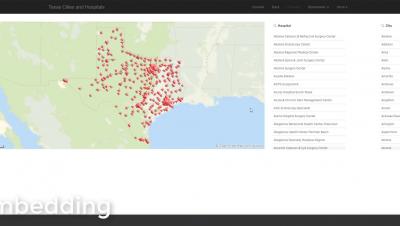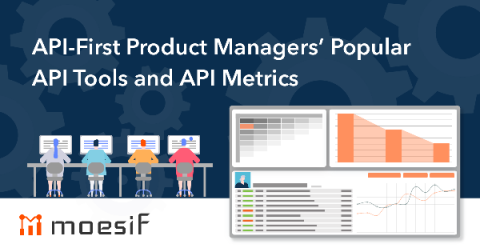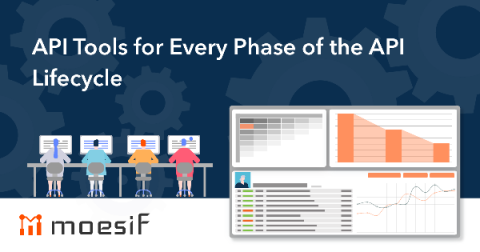Systems | Development | Analytics | API | Testing
%term
What is the Data Cloud?
Options for Embedding and Integrating with Qlik Sense
API-First Product Managers' Popular API Tools and API Metrics
We interviewed the product managers at a number of the larger API-first companies that are based in San Francisco. The companies are all publicly traded, have TTM revenue of more than $100M and are in the fields of billing, security, communications and workflow automation. The PMs were asked what were their favorite tools and what API metrics they cared most about.
API Tools for Every Phase of the API Lifecycle
When you set out to build your first API, it can very well be that you are either overwhelmed or forget essential points. The ecosystem for API tools is vast, and it’s vital to get the right tool for every phase of your project. In this article, we will go through the different phases an API project usually has. For every phase, I will list the significant points and tools that help there.
5 Ways to Improve Your Dev Team Velocity
Velocity, much like the pulse rate or oxygen level of an individual, is an important measure of health for your development team. A low velocity score for recent sprints limits your team's options for delivering value. Sustained failure to deliver to stakeholders can erode trust with those stakeholders quickly. But how do you know exactly what your velocity is and how you can improve it?
How To Use Colors In Your Visualizations
It’s time to get back to my favorite topic in visualization – how to best use color. I’ve written about it before in two of my previous posts, which you can read by clicking here and here. But, for this post, I’m going to go into a bit more detail on some tips and tricks that you can use.
How Trigo Built a Scalable AI Development & Deployment Pipeline for Frictionless Retail
Trigo is a provider of AI & computer vision based checkout-free systems for the retail market, enabling frictionless checkout and a range of other in-store operational and marketing solutions such as predictive inventory management, security and fraud prevention, pricing optimization and event-driven marketing.
Techniques To Prevent Software Bugs
Creating a bug-free software is hard, to the extent that it seems like a myth. Bugs in software represent the discrepancy between the expected and actual behaviour of the software. Although it’s unrealistic to make software bug-free, efforts can surely be made to minimize the number of bugs in software through various prevention and detection techniques. Prevention techniques are the ones that can be used to prevent bugs from occurring in the software.
Data-driven marketing 101: benefits, examples and implementation
Back in the old days, marketing was ridden with a lot of guesswork. Sometimes, unexpected campaigns brought new leads and converted prospects into customers. Other times, the best-designed campaigns flopped, the market remained unmoved and all you could hear after the launch of a campaign was silence. Data-driven marketing rose from the pains of this insecurity and took on the overwhelming growth of data for its support.











